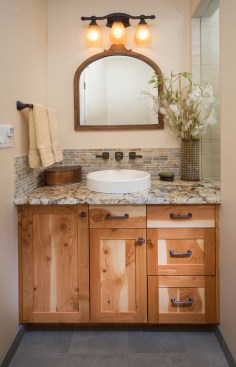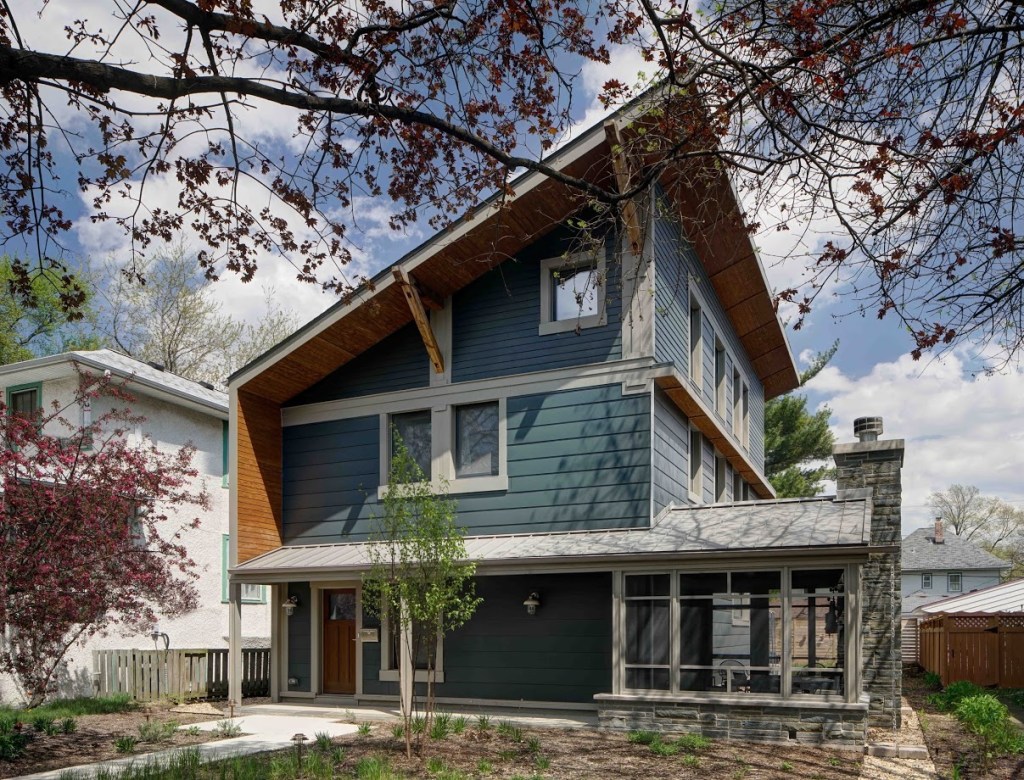When the USGBC issued the first LEED standards in 2000, anything labeled “nontoxic” or “low-VOC” was significantly more expensive than other products in its category. Some builders haven’t looked closely at products labeled green or healthy since. Jason McLennan, founder and chair of the International Living Future Institute, thinks they should.

BREATHE EASY: McLennan Series Cabinets by Neil Kelly were created by Jason McLennan, founder of the Living Building Challenge. The chemical-free cabinet line is made from Forest Stewardship Council–certified solid plywood. www.neilkellycabinets.com
“It’s best not to make assumptions and recognize that the costs are changing rapidly and for the better,” says McLennan, whose organization drives transformation toward restorative structures and communities. “Builders need to stay current and realize there are more and more healthy products out there each year and more and more with no premium.”
Costs have come way down for Peter Johnson, whose company Healthy Home Builders focuses on eliminating mold and water issues and selecting nontoxic products in the homes it builds in New York and Massachusetts. Healthy Home Builders includes energy recovery ventilation systems and whole-house air and water filtration systems and specs low- or zero-emitting materials. Four years ago, Johnson paid three times more for formaldehyde-free plywood and had to import it from California. Now, he says, it’s very competitive.
For example, Columbia Forest Products’ PureBond engineered wood products made with soy-based glue are now ubiquitous. Formaldehyde-free fiberglass insulation, introduced in 2009, has also become the norm. The last pink batt bound together with a formaldehyde-based formula rolled off the assembly line in 2015, says Bill Walsh, president of the board of directors for the Healthy Building Network, which he founded in 2000 to reduce the use of hazardous chemicals in building products. “Today we don’t have to think about it anymore,” he says. “That’s the place we want to get for builders.”
Healthier, affordable products and systems have found their way into the mainstream, says Gail Vittori, co-director of the Center for Maximum Potential Building Systems and former USGBC chair. “My goodness, 15 years ago we couldn’t go into a home improvement store and find zero- or low-VOC paint. Now we can. We couldn’t go into a hardware store and find products with no formaldehyde. Now we can.”
Although healthier products are becoming readily available, home builders still have to plan ahead when specifying certain materials, says Scott Steady, environment product manager for indoor air quality at UL Environment. Products such as cabinetry may need to be special ordered, and subcontractors may need instructions about using adhesives and coatings with low-VOC emissions.



